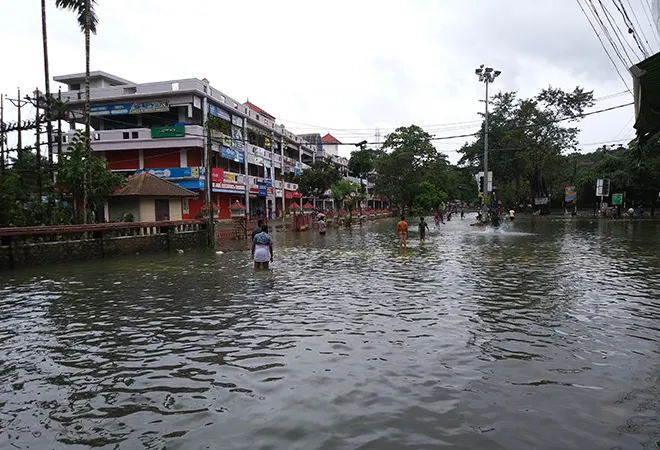The Kerala floods have already claimed their place as one of the most devastating extreme weather events in India’s history. Perhaps the most frustrating part of this tragedy is the fact that this loss of life and the economic devastation was preventable. Between August 8 and 9, the state received 12 inches of rainfall in 24 hours. Dams reached their capacity and operators opened the gates of 35 of the 39 dams. This was not done in a planned manner with appropriate warnings to people living near them.
In an age of climate variability, our infrastructure must be climate resilient. A number of studies commissioned by the government and think tanks have outlined the steps that need to be taken on a national and sub-national level to make current and future infrastructure resilient to climate and extreme weather events.
However, no significant steps have been taken. The qualification of what makes infrastructure climate resilient is not codified. The 2018 budget allocated a significant amount of funding to create standards, but there hasn’t been any progress. Without these standards, any labelling of infrastructure projects as climate resilient will be ad hoc.
The Union government allocated $58 million in its budget to help deal with climate adaptation issues. Additionally, certain states have promised to use 1% of the budget allocated to each department to do the same. While these are good efforts, the funds fall woefully short of what is needed.
Finding ways to finance infrastructure projects is already one of India’s largest challenges. According to the Economic Survey of 2017-2018, the current infrastructure gap stands at $526 billion. This estimate, we feel, is low. In recent years, innovative steps have been taken by the government and industry to find ways to divert funding for infrastructure projects. Yet, these innovate steps haven’t been extended to ensure that preventable disasters do not result in loss of life and property. Conservative international estimates approximate that $1 trillion will be needed to make existing and future infrastructure in India climate resilient.
Kerala is expected to suffer close to $3 trillion worth of economic loss because of the floods. Private players, who cut corners to make their roads and bridges less resilient, have lost these revenue-producing assets. The Indian insurance industry is facing the prospect of insurance claims of around $700 billion. The state government needs to provide incentives to builders to make the new infrastructure projects climate resilient, the industry needs to realise the risks they face in the era of climate change, and the insurance sector must make sure that it does not provide policies to builders or financiers if their projects don’t adhere to the right climate resilient standards.
This commentary originally appeared in Hindustan Times.
The views expressed above belong to the author(s). ORF research and analyses now available on Telegram! Click here to access our curated content — blogs, longforms and interviews.




 PREV
PREV


